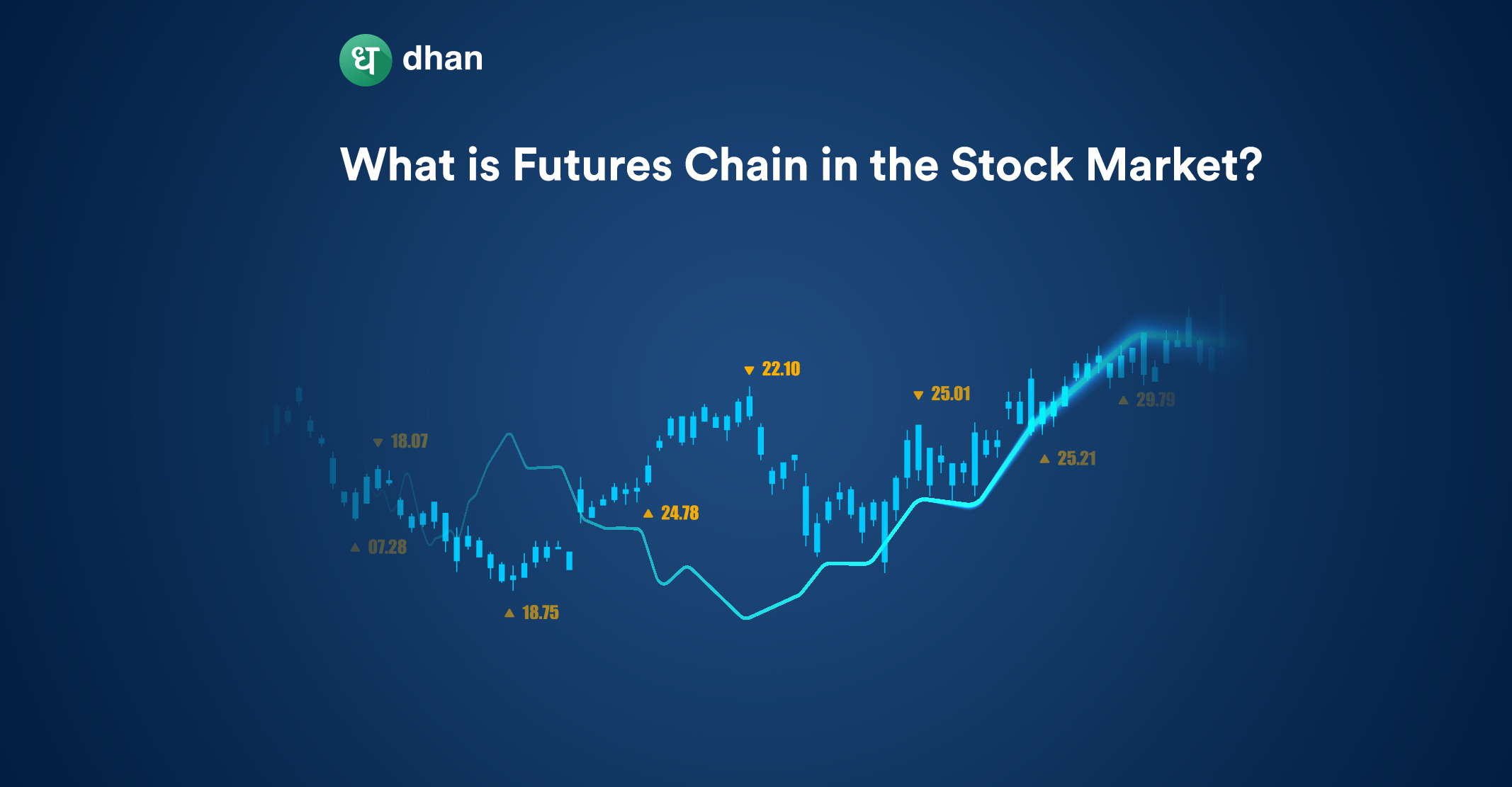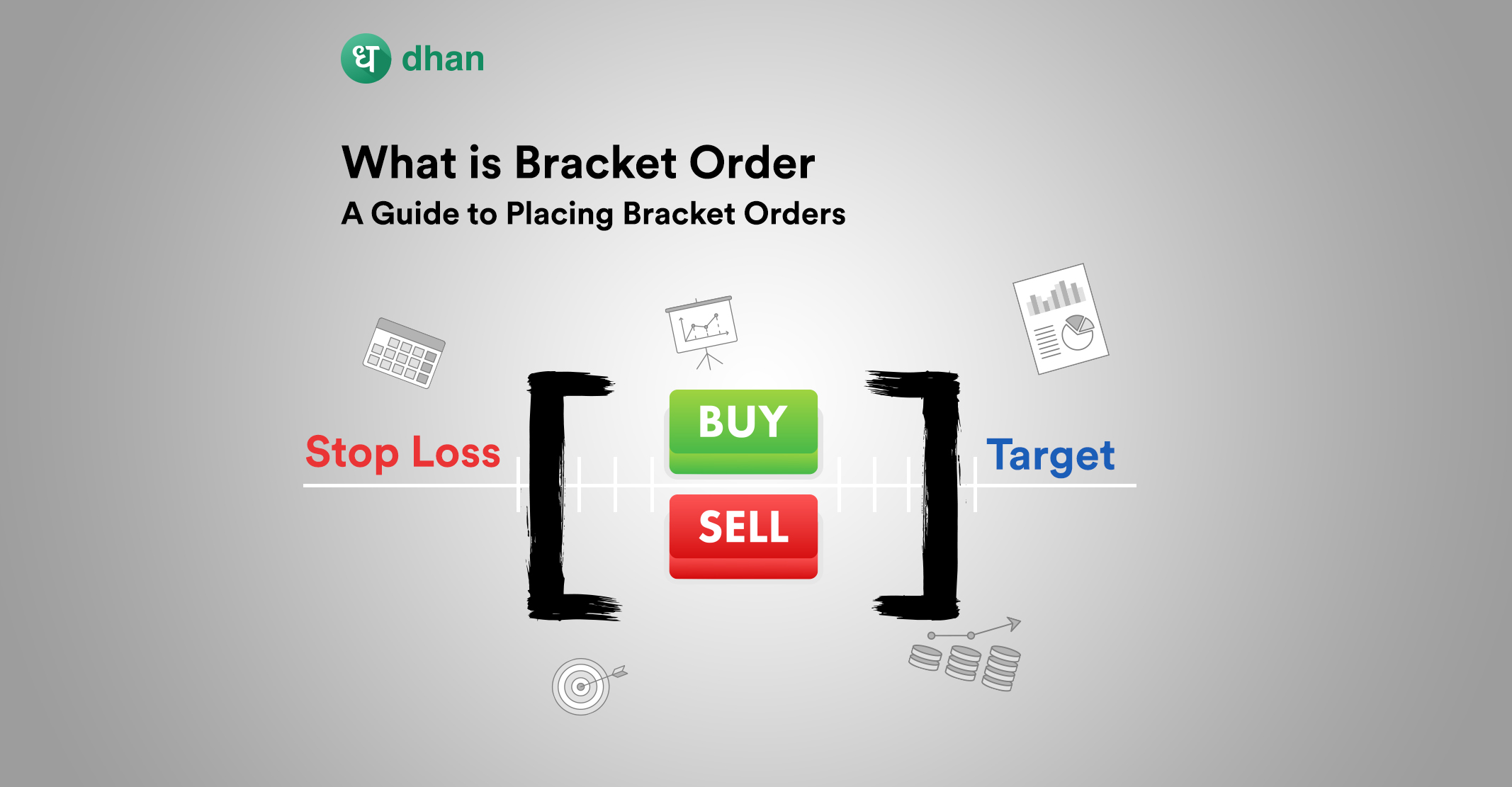You’re a swing trader or a BTST trader but… you don’t have enough capital and suddenly, there’s a lucrative trading opportunity. Only if there was a way to solve this problem. There is! Meet Margin Trade Funding or Margin Trading Facility (MTF).
The feature empowers you to trade on leverage and buy stocks even when you do not have enough funds available. Let’s dive deeper into the concept of MTF and how it works for those who love online stock trading.
What is Margin Trade Funding?
Margin Trade Facility (MTF) allows you to buy more stocks with less capital using leverage, which is nothing but a loan that you can take from your stock broker. Simply put, you pay a fraction of the total trade value while your broker covers the rest.
In exchange for leverage, you’ll have to do two things. The first is to pay interest for as long as you hold your MTF position. After all, leverage is a loan and that’s what MTF lets you access. The interest rate varies from broker to broker.
What you’ll notice is that most MTF trades last for a few days or as less as a day, which is why the interest rate is typically represented per annum and per trading day. On Dhan, we don’t charge interest until settlement day which is T+1 for all stocks.
Next is the act of pledging your existing holdings as collateral. This is similar to any other loan. If you want an education loan worth ₹1 crore, you’ll have to pledge a property or investments as collateral worth more or less that amount.
The collateral acts as security in the event that you’re unable to repay the debt. The same logic applies to pledging the stocks or ETFs in your demat account while accessing MTF. Great, but why would someone actually go for MTF?
Using MTF can be useful when a suitable trading opportunity presents itself but you don’t have enough capital. Let’s say you have ₹50,000 in your trading account but the position you want to take costs ₹1,00,000. Sounds tough, right? Not with MTF.
MTF will allow you to take up the position for ₹50,000 – the broker will pay the rest of the ₹50,000. That’s 2X leverage. If that sounds less, try MTF on Dhan which gives you 4X leverage, meaning you’ll have to pay ₹25,000 for a position with ₹1,00,000.
P.S. Across this blog, you’ll notice Margin Trade Facility being referred to as MTF or simply margin funding. All these terms are used interchangeably by traders to refer to getting more leverage for trading.
How Margin Funding in Trade Works?
Let’s split this section into two parts. In the first part, we’ll talk about how margin funding works for you, the user. The second part will deal with the operational bits that a broker has to deal with in order to give you access to MTF.
1. MTF for Users
To be able to invest with margin trading, you need to open a margin trading facility account first, after which the broker can release funds to enable you to purchase the shares.
As you know by now, the broker disburses the amount to you as a type of loan that is given in exchange for cash or securities purchased.
For instance, if you want to buy shares worth ₹1,00,000 but don’t have sufficient funds to do so, then you can pay a fraction of the total value of the share and buy the entire lot worth ₹1,00,000 using the Margin Trade Facility.
The components involved in MTF for users include the following:
- Leverage: the loan that the broker gives you access to
- Interest: paid in exchange for the margin funding received
- Pledge: existing holdings involved as collateral
By the way, the amount a trader pays is known as the margin.
2. MTF for Brokers
Most brokers offer margin funding these days. But did you know? Brokers may have to take a loan themselves to be able to give you access to MTF!
In fact, just like you have to pledge your holdings to access MTF, the same rule applies to brokers when getting a loan – they have to pledge some collateral too.
Some brokers may even opt for an NBFC license to get more affordable loans as business loans can be costly.
Benefits of Margin Trade Funding
Now let’s take a look at some of the advantages of trading on margin.
1. Convenient Credit
You can borrow money anytime to invest in stock markets if you have a margin account. Unlike other loans, there is no such requirement to submit applications or fill out complex documents to borrow money from the stockbroker.
In fact, the broker will already have your details so that’s one less step for you. After paying off the outstanding debt, traders can automatically request a new margin.
We at Dhan have integrated MTF into our existing order flow so that it’s simple and easy!
2. Flexibility of Repayment
Furthermore, you can choose when to repay the amount to the stockbroker as long as your debt is under the margin maintenance requirement. This will allow you to make larger investments and insure against negative cash-flow stocks.
3. Affordable Interest Rates
The interest rates payable on margin funding are much more affordable than the interest rate someone has to pay for a bank loan, particularly for a more significant sum. Different platforms charge different interest rates. You need to check this before starting your trading journey.
Pointers to Note When Using Margin Trade Funding
Now that you know the way how margin funding works, some points should be kept in mind to avoid the risks associated with margin trade funding:
1. Maintain a Minimum Balance
A trader using a margin trade facility should always maintain a minimum balance. It means a portion of your capital must always be locked in to ensure the broker’s borrowed money is paid back in case you incur any losses.
However, if the margin facility account has lower funds than the minimum balance required, the broker will ask the trader to maintain the required balance either by adding some cash or selling off a part of their holdings.
2. Liquidation
All the rules associated with a margin facility account must be diligently followed by the traders who want to invest in margin trade funding.
For instance, if a trader has invested in stocks through margin trading, and the trade is not leading to a good profit, it has a high probability of making the balance fall below the minimum margin and giving rise to the margin call.
If the traders, by any chance, do not abide by the margin call, the broker can square off the position.
3. Purchase Gradually
Instead of investing all your funds at once, always buy your positions slowly over time. It will help you to manage risk in margin trading and average out the prices while trading the next round of positions.
Conclusion
Margin Trade Facility can be a boon for those who want to capitalize on trading opportunities but don’t have enough capital. Of course, there’s interest and pledging involved that has the potential to amplify profits and losses.
But it’s always good to ensure that you have all the tools to trade efficiently while managing risk smartly. For example, Dhan lets you set alerts for losses and overtrading with the feature we called “Trader’s Control”.



